Entomology
-
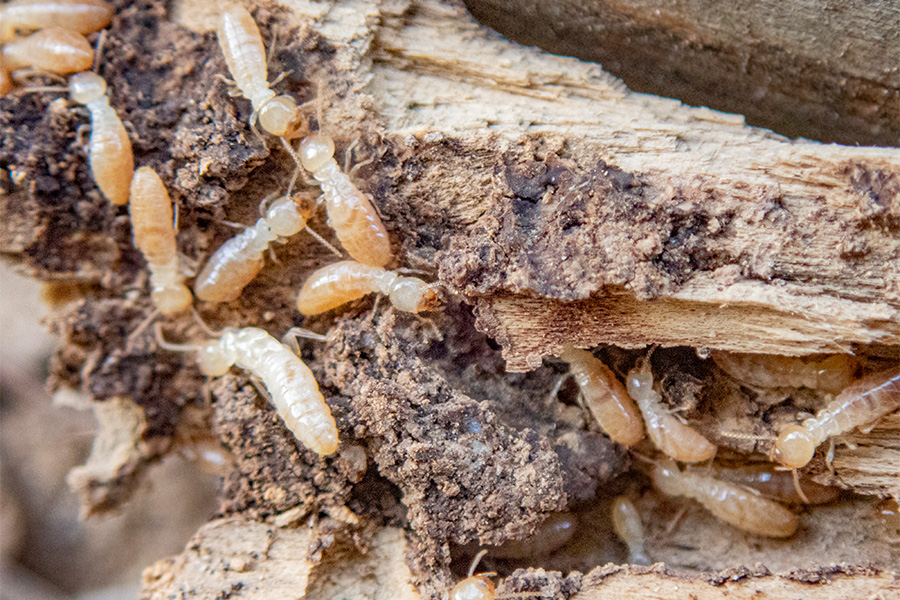
Subterranean termites are social insects that live in societies whose members are mostly mature individuals. Their colonies, which can contain thousands to millions of termites, are formidable, even though each individual termite is soft-bodied and delicate. This publication contains comprehensive information about subterranean termites in the Eastern U.S.
Daniel Suiter
|
-

Though subterranean termites are a normal component of soil around buildings, structural infestations are not necessarily inevitable. As discussed later, a home’s susceptibility to termite infestation is dependent upon a number of things, including construction type, home maintenance, landscaping, and perhaps conditions in and around the structure that favor the activity, growth and survival of local termite populations.
Brian Forschler and Daniel Suiter
|
-
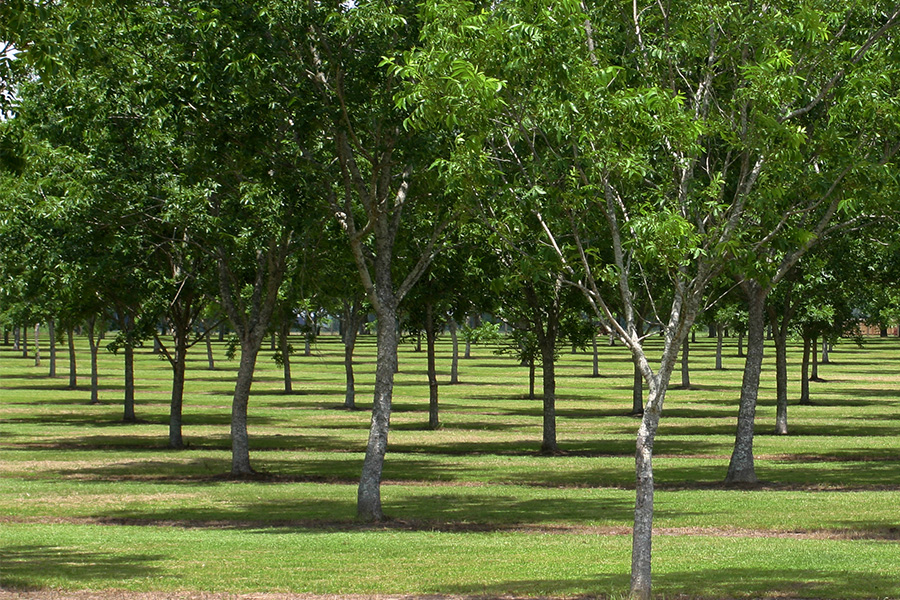
As Georgia’s pecan production acreage has increased, reports of insect pests that attack younger, less established trees have also increased, particularly infestations by pecan bud moth and ambrosia beetles. This circular summarizes the pertinent insect pests that attack young, non-bearing pecan trees, including key details on their biology, injury, monitoring, and management. This information should be helpful to both new pecan growers and experienced growers with newly established orchards.
Andrew Sawyer
|
-
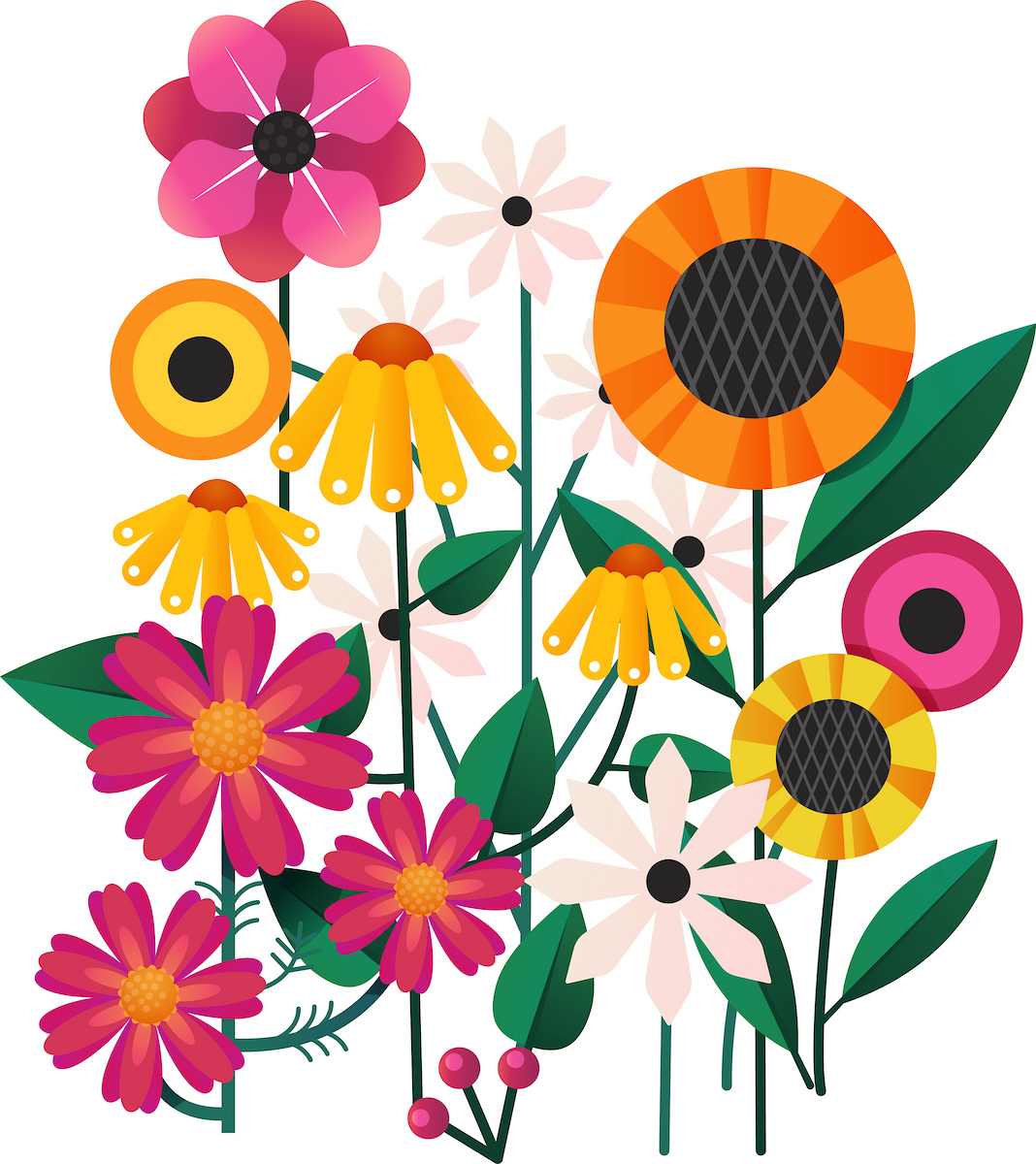
Wildflowers not only beautify the landscape but also provide food and shelter for myriad insects, birds, and mammals. Georgia is rich in endemic (belonging in a particular area or environment) species which grow in a wide variety of habitats, from coastal dunes and pine sandhills to savannas, meadows, and forests. Although many species are primarily seen in undisturbed natural habitats, others have adapted to human-created landscapes, such as roadsides and farms, and are frequently seen on road banks and edge habitats. This publication is intended as a visual guide to common herbaceous plants encountered mainly in sunny areas in South Georgia. Although by no means inclusive or extensive, the list contains plants that are easy to recognize and valuable for wildlife.
Svoboda Pennisi, Jason Schmidt, and Keren Giovengo
|
-
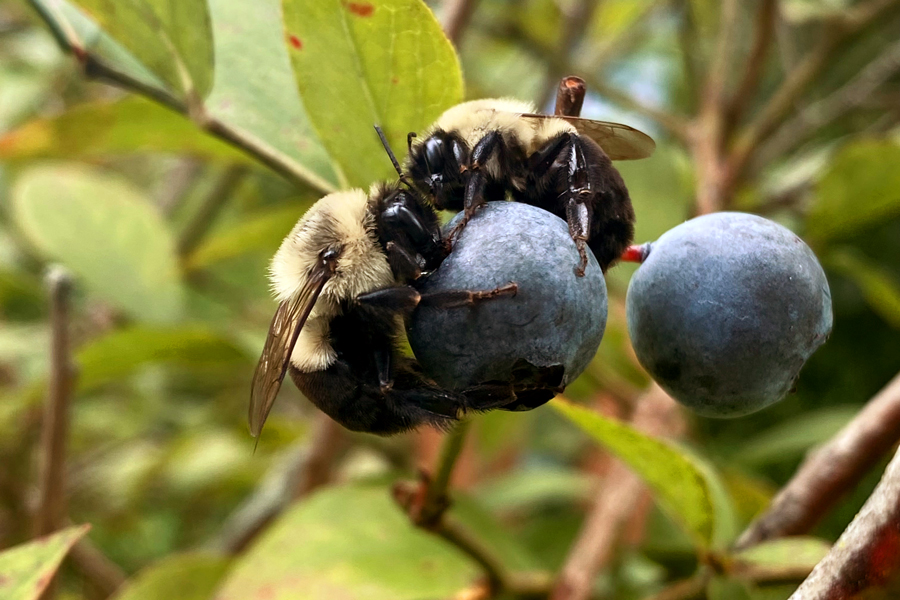
Additional author: Michael Ulyshen, Research Entomologist, U.S. Forest Service. This visual guide helps people identify common wild bees encountered in blueberry systems. The contribution of wild bees to blueberry pollination has is becoming widely recognized. Proper identification of these insects in the field is critical part of conservation efforts.
Svoboda Pennisi, Jason Schmidt, and Sarah Rezende
|
-
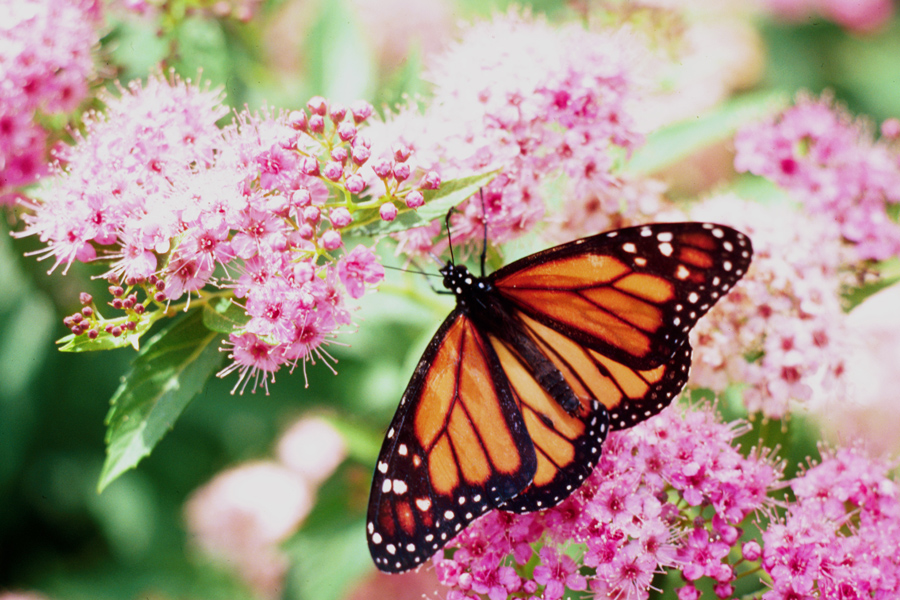
A classic example of a North American species that undergoes a great migration is the monarch butterfly, Danaus plexippus Linnaeus. Monarchs travel on air currents and cross more than 3000 miles in winter to reach their overwintering sites. Monarch butterfly populations are showing a declining trend. As the overwintering habitat in Mexico is destroyed by logging or deforestation activities, they have fewer and fewer places to overwinter. Other factors contributing to their decline such as diseases, pesticide use, and loss of larval hosts (i.e., milkweed) are on the rise. The larvae need milkweed to develop, and the adults need nectar for migration and survival day-to-day, so more nectar sources and milkweed plants are needed to sustain their migration patterns. More flowering plants and milkweeds can help conserve the migrating monarchs, especially when planted along farm-reserved lands and urban gardens.
William Hudson and Shimat Joseph
|
-
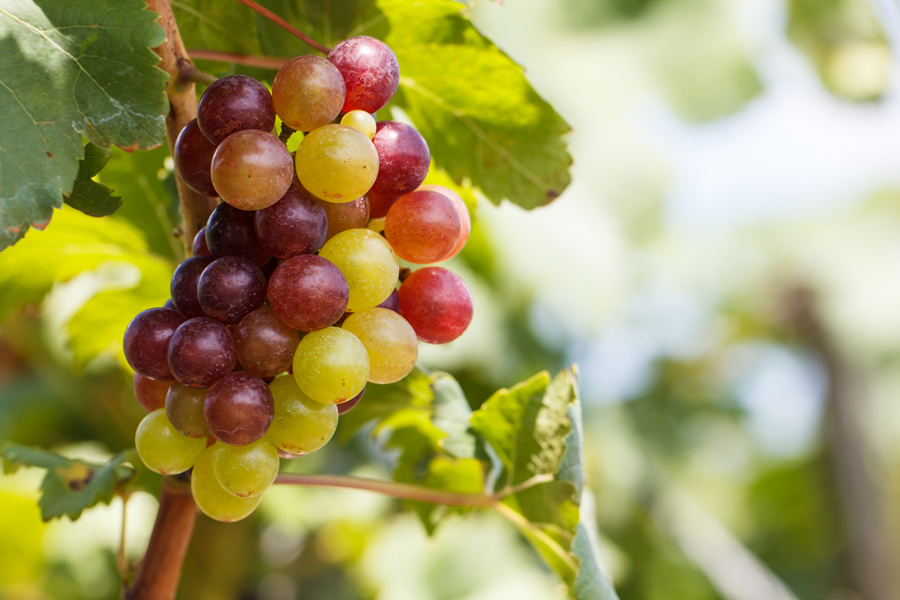
C 1303
Muscadine Grape Management
This phenology-based muscadine grape management poster provides a reference for sound viticultural, disease, and insect management practices in a digestible format. Produced in cooperation with University of Tennessee, North Carolina State University, University of Arkansas, and Auburn University. A publication of the Southern Region Small Fruit Consortium.
Patrick Conner, Phillip Brannen, Brett Blaauw, David Lockwood, and Sarah Lowder
|
-

SB 48-06
Home Fungicide Guide
This section of the Home & Garden Edition covers fungicides for use in and around your home. Beginning in 2022, the Home & Garden Edition has been updated biennially. When purchasing a product based on a first-year recommendation of the Handbook, check the current product label before purchase to be sure it is still labeled for the use for which you are buying it. For pesticide products you have on hand from earlier purchases, you are allowed to use them until they are depleted without penalty under the law. Always follow label instructions before use. Contact the product’s manufacturer for the most up-to-date label.
Harald Scherm and Allison Johnson
|
-
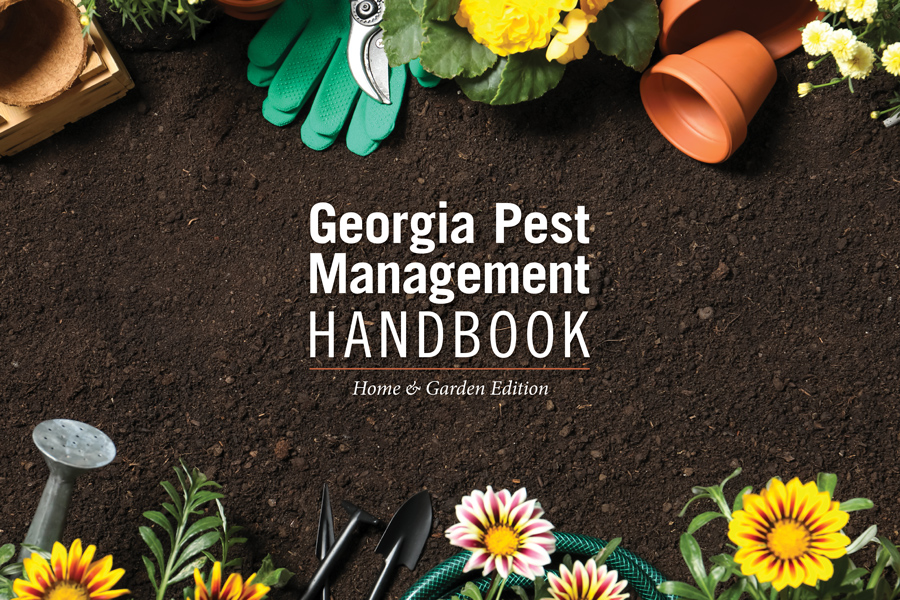
SB 48-07
Household and Stored Products
This section of the Home & Garden Edition covers household and structural insect control, tips for hiring a professional pest control company, and management of excess moisture that attracts and sustains pest problems. Beginning in 2022, the Home & Garden Edition has been updated biennially. When purchasing a product based on a first-year recommendation of the Handbook, check the current product label before purchase to be sure it is still labeled for the use for which you are buying it. For pesticide products you have on hand from earlier purchases, you are allowed to use them until they are depleted without penalty under the law. Always follow label instructions before use. Contact the product’s manufacturer for the most up-to-date label.
Daniel Suiter and Allison Johnson
|